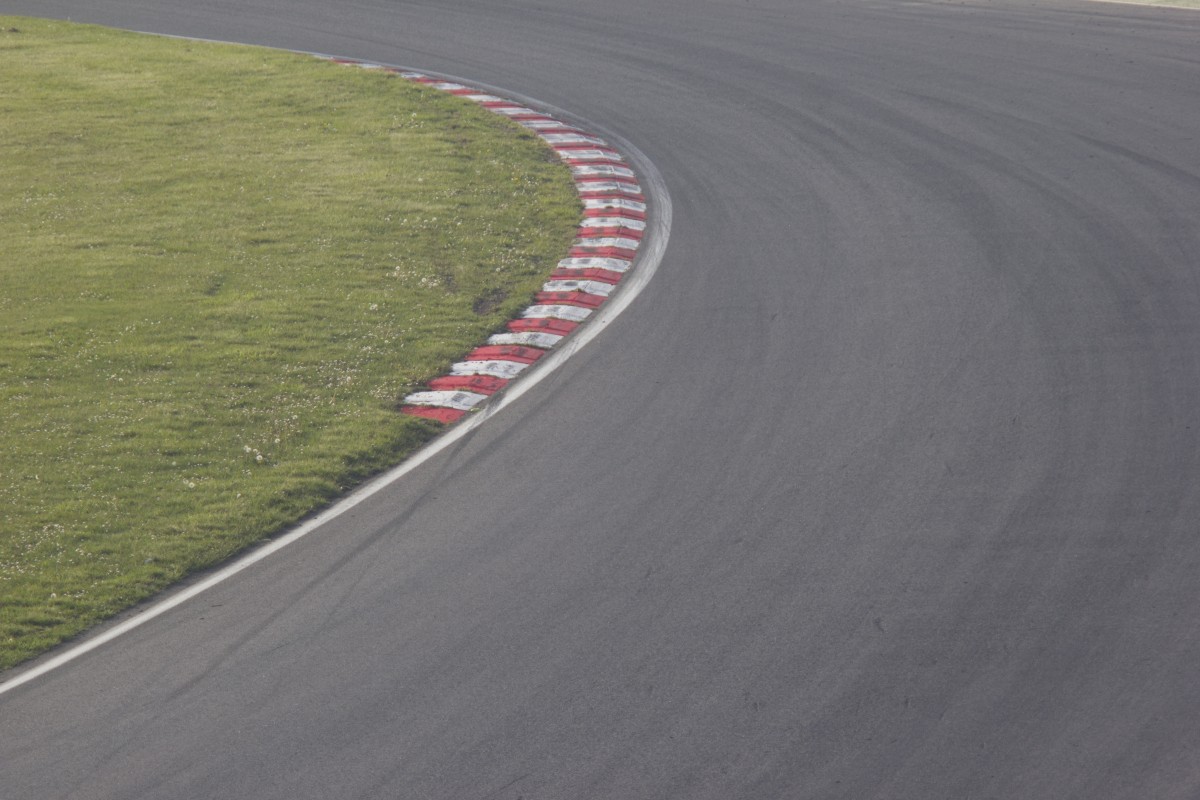
The French Grand Prix (French: Grand Prix de France), formerly known as the Grand Prix de l’ACF, is a race held as part of the Fédération Internationale de l’Automobile’s annual Formula One automobile racing championships. It is one of the oldest motor races in the world. It ceased shortly after its centenary in 2008 with 86 races having been held, a victim of finances and unfavourable venues.
The race is scheduled to return to the Formula One calendar in 2018 at the established Circuit Paul Ricard. Unusually even for a race of such longevity, the location of the Grand Prix has moved frequently with 16 different venues having been used over its life, a number only eclipsed by the Australian Grand Prix of the older races. It is also one of four races (along with the Belgian, Italian and Spanish Grands Prix) to have been held as part of the three distinct Grand Prix championships (World Manufacturers’ Championship (late 1920s), European Championship (1930s), Formula One World Championship (since 1950)).
The Grand Prix de l’ACF was tremendously influential in the early years of Grand Prix racing, leading the establishment of the rules and regulations of racing as well as setting trends in the evolution of racing. The power of original organiser, the Automobile Club de France, established France as the home of motor racing organisation.
